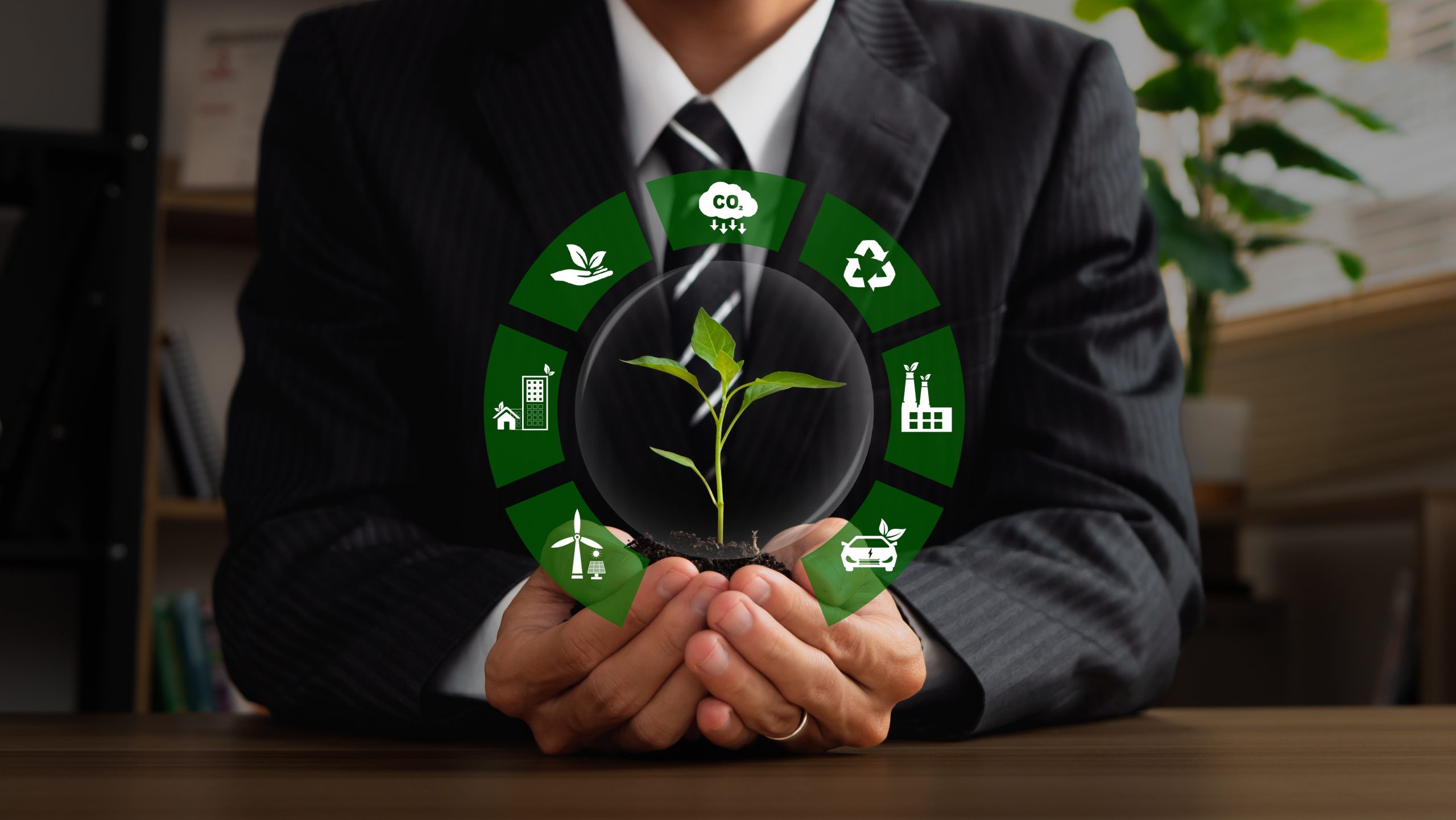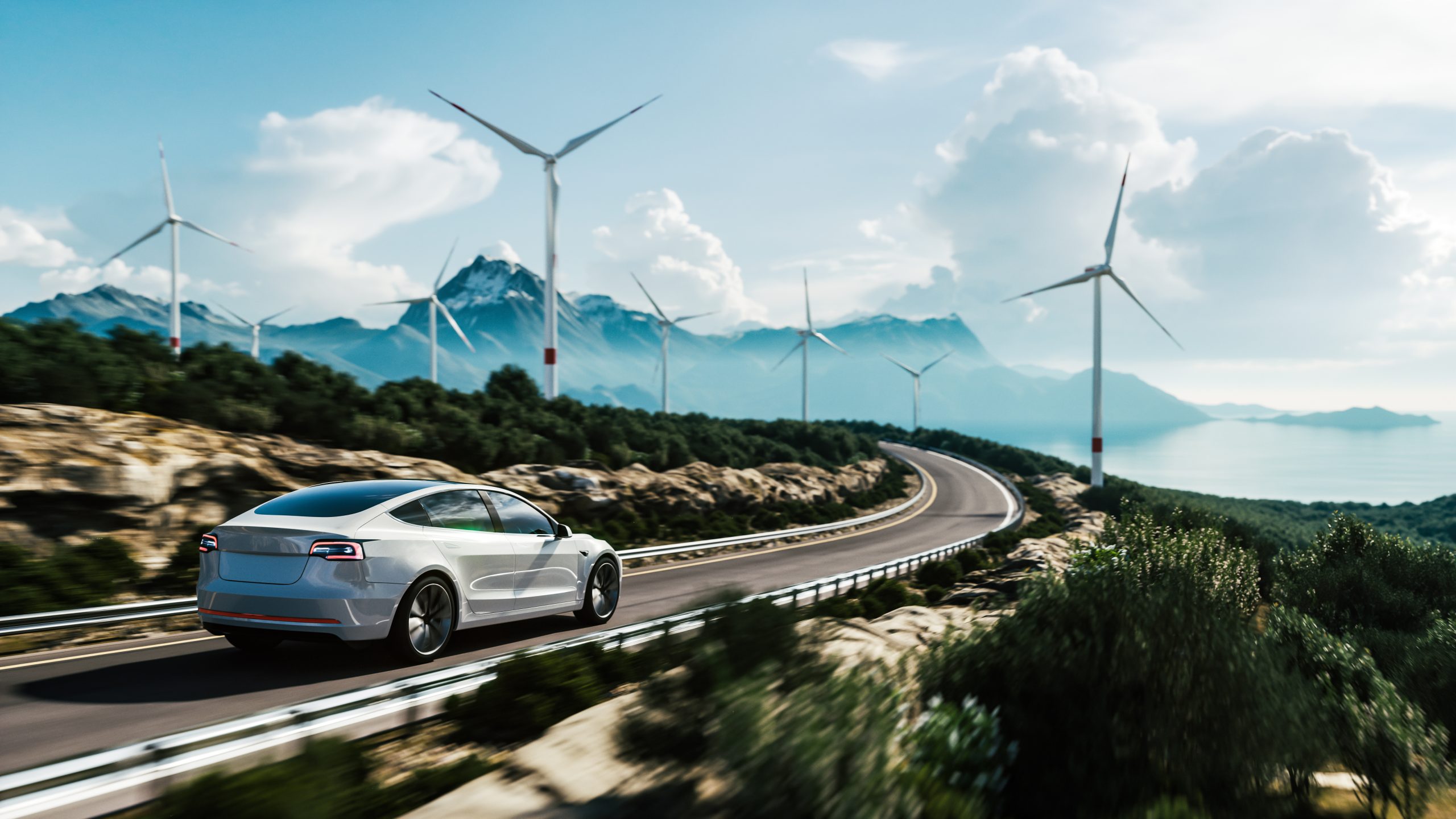Enacted on August 16, 2022, the ‘Inflation Reduction Act of 2022’ encompasses measures influencing health care costs, allocating additional funding to the IRS, and introducing tax benefits promoting clean energy. This article addresses the latter clean energy tax credits that may sway you to make home energy improvements and helps you to understand the latest details regarding the electric vehicle tax credits for new and used vehicles.
As global attention turns increasingly towards sustainable living and energy conservation, governments and regulatory bodies are incentivizing homeowners to make eco-friendly choices. One aspect of the Inflation Reduction Act is the expansion of the Energy Efficient Home Improvement Credit.
Previously known as the Nonbusiness Energy Property Credit, the new law has renamed this incentive as the “Energy Efficient Home Improvement Credit.” This name change reflects a broader objective and a more precise focus on promoting energy-efficient home improvements among taxpayers.
This credit has been extended through the end of 2032, allowing ample time to plan and execute qualifying energy-efficient projects. The credit amounts to 30% of the cumulative sum of:
1. Qualified Energy Efficiency Improvements: This pertains to the expenses paid by the taxpayer for installations made during the year. Qualified improvements cover energy-efficient insulation, exterior windows, skylights, and exterior doors that adhere to various energy standard requirements.Air sealing insulation, which diminishes heat loss or gain, also finds a place under this category.
2. Residential Energy Property Expenditures: Relevant to any unit employed as a residence by the taxpayer. This is a change from the earlier “principal residence” criterion. These expenditures include, but are not limited to: Electric or natural gas heat pump water heaters, biomass stoves or boilers, natural gas, propane, or oil-based heating systems, Improvements to electrical components associated with energy efficiency upgrades.
3. Home Energy Audits: Essentially, this involves an inspection and a detailed report about a dwelling, pinpointing major energy efficiency improvement areas and estimated energy and cost savings. The auditor must have specific certifications as determined by the IRS.
The following are the tax credit caps and limitations:
1. General Improvements: Up to $1,200 annually, with specific provisions for heat pumps, water heaters, and biomass systems capped at $2,000 annually.
2. Energy Property Expenditures: Up to $600 annually.
3. Windows: Aggregate limit of $600 for all exterior windows and skylights.
4. Doors: $250 annually for an exterior door, with an aggregate cap of $500 for all exterior doors.
5. Energy Audits: Up to $150 annually.
After 2024, it’s essential to note that taxpayers must furnish the qualified product identification number of the energy-efficient property when claiming credits. In other words, be prepared to deliver your receipts to your tax professional when filing your income taxes.
 Residential Clean Energy Credit
Residential Clean Energy Credit
A notable change brought by recent legislation is renaming the “Residential Energy Efficient Property Credit” to the more encompassing “Residential Clean Energy Credit.”
Updated Timeline for Credit Phasing: Properties activated after December 31, 2021, and before January 1, 2033, are eligible for a 30% tax credit.For properties activated post-December 31, 2032, and before January 1, 2034, a 26% tax credit applies. Properties coming into service after December 31, 2033, and before January 1, 2035, can avail of a 22% tax credit.
This credit covers various eco-friendly initiatives: Expenditures for solar electric installations, costs associated with solar water heating installations, expenses related to fuel cell installations, outlays for small wind energy setups, historically, qualified biomass fuel property expenditures were included, but expenditures on qualified battery storage technology have now replaced these.
The installation must be affiliated with a dwelling unit situated in the U.S. The dwelling should serve as a residence for the taxpayer. Furthermore, the installed unit must possess a minimum capacity of 3 kilowatt-hours.
Clean Vehicle Credit
The U.S. government is continually reshaping its stance on sustainable transportation. One significant change is transitioning from the “New Qualified Plug-In Electric Drive Motor Vehicle Credit” to the more concise “Clean Vehicle Credit.”
Key Changes to the Credit:
1. Phase-Out Rules Revision: The prior phase-out rules, which came into effect once a manufacturer hit its 200,000th sale, have been eliminated. The new provision states that the credit will not be available for vehicles activated after December 31, 2032.
2. Credit Distribution: The maximum credit remains at $7,500 but now consists of: A $3,750 credit for vehicles meeting the battery components requirement. An additional $3,750 credit for vehicles aligning with the critical minerals requirement.
3. IRS Rule Amendments: As of March 31, 2023, the IRS presented new guidelines related to the EV tax credits concerning critical minerals and battery components. This update drastically
narrowed the list of qualifying vehicles from 41 to 22.
4. Updated Qualifying List: The IRS recently refined the list of Battery Electric Vehicles (BEVs) and Plug-In Hybrid Electric Vehicles (PHEVs) under IRC Section 30D. The details are as of 6/5/23: Cadillac Lyriq EV (2023-2024), Chevrolet models such as Blazer EV (2024) and Silverado EV (2024), Bolt (2022-2023), Bolt EUV (2022-2023), Equinox (2024), Rivian R1S (2023), Rivian R1T (2023), Chrysler Pacifica PHEV (2022-2023), and Lincoln Aviator Grand Touring PHEV (2022-2023), Ford E-Transit (2022-2023), Ford’s F-150 Lighting series (2022-2023), Ford Escape PHEV (2022-2023), Ford Mustang Mach-E (both extended and standard range batteries, 2022-2023), Tesla Model 3 Long Range (2022-2023), Tesla Model 3 Performance (2022-2023), Tesla Model Y Long Range (2022-2023), Tesla Model Y Performance (2022-2023), BMW X5 xDrive50e (2024) Jeep’s PHEV models, and the Lincoln Corsair Grand Touring PHEV (2022-2023). Prospective EV owners should frequently check IRS Code Section 30D’s qualifying list and consult with vehicle manufacturers as vehicles can be added or removed based on evolving criteria. https://fueleconomy.gov/feg/tax2023.shtml
5. Usage Restrictions: The vehicle should be for personal use, primarily operated within the U.S., and not intended for resale.
6. Income Thresholds: Claimants must have a Modified Adjusted Gross Income (MAGI) within the following limits: Married (filing jointly): Up to $300,000, head of household: Up to $225,000, all other filers: Up to $150,000, importantly, the MAGI from either the delivery year of the vehicle or the previous year can be used based on the lower value. The credit is claimable if your MAGI falls below the threshold in one of these years.
7. Placement of Service: It matters where the vehicle was placed in service between August 16, 2022 and December 31, 2022, or placed in service after December 31, 2022 or after April 18, 2023. The credit calculation can change depending on when it was placed in service. As stated in other parts of this article, for specific details on how this aspect affects you, consult your tax advisor.
8. Credit Restrictions: This credit is non-refundable. Hence, if the credit amount surpasses the tax owed, the surplus cannot be carried forward to future tax years.
 Previously-Owned Clean Vehicles Credit
Previously-Owned Clean Vehicles Credit
The recently introduced provision under the Internal Revenue Code (IRC) Section 25E offers a financial incentive for individuals purchasing previously owned clean vehicles. This provision comes into effect for vehicles bought after December 31, 2022. Eligible buyers can receive a tax credit that’s either $4,000 or 30% of the vehicle’s sale price, whichever is lower.
Income thresholds for this credit are much lower than the new vehicle credit: married filing jointly or qualified separate status: $150,000, head of household: $112,500, single or married filing separately: $75,000.
Defining a Pre-Owned Clean Vehicle: The vehicle should be at least two years older than the purchase year. The first user should be someone other than the current buyer. The vehicle should be acquired in a qualified sale. It should either: Adhere to the Clean Air Act, weigh less than 14,000 pounds, comply with electric motor battery capacity regulations, and meet reporting requirements, or meet the standards for a qualified fuel cell clean vehicle weighing under 14,000 pounds.
Understanding a Qualified Sale: An accredited dealer must sell the vehicle, the sale price should not surpass $25,000, the transaction should mark the first transfer since August 16, 2022, to an eligible buyer other than the original user.
Who is a Qualified Buyer: An individual purchaser, someone who buys the vehicle for personal use and not for resale, a taxpayer who isn’t another taxpayer’s dependent, an individual who hasn’t claimed a credit under IRC Section 25E within the last three years from the purchase date.
To claim this credit, taxpayers are required to list the vehicle identification number on their tax return. Furthermore, provisions that allow a taxpayer to opt for credit transfer to a suitable entity under IRC section 30D are similarly applicable for this section.
According to the following website https://www.irs.gov/credits-deductions/manufacturers-and-models-of-qualified-used-clean-vehicles, the following vehicle manufacturers have a variety of models that qualify for this tax credit; the detailed list is too large for this article: Honda, Audi, Bentley, BMW, Ford ,GM (includes Chevrolet, Buick, Cadillac, GMC), Hyundai, Kia, Mercedes-Benz, BMW Mini, Mitsubishi, Nissan, Polstar, Porsche, Subaru, Toyota, Volkswagen, Volvo.
Seeing how the used car credit works in practice will be interesting. It appears the price and income threshold needs to be higher for this tax credit to gain more traction.
As you consider these credits, note that any unused tax credit from solar electric installations will carry forward to the following year. The purpose is to reduce your tax liability, which may entail reducing other tax withholdings or estimated tax payments so that you can take advantage of this. Even more important is that the clean vehicle tax credit is nonrefundable. Unused tax credits will not be carried forward, so you must plan accordingly to maintain the benefit. As with any tax planning, discuss the particulars with your tax advisor. There are additional details that would be impractical to include in this article that may affect the eligibility of your tax credit claim.
Donovan Thiessen, CPA is the founder and owner of The Accountant, LLC. Our mission is to help business owners make better decisions by providing timely and accurate financial and tax analysis. You may reach Donovan at [email protected], www.theaccountant.cpa, and 702.389.2727.
The post Inflation Reduction Act appeared first on Vegas Legal Magazine.